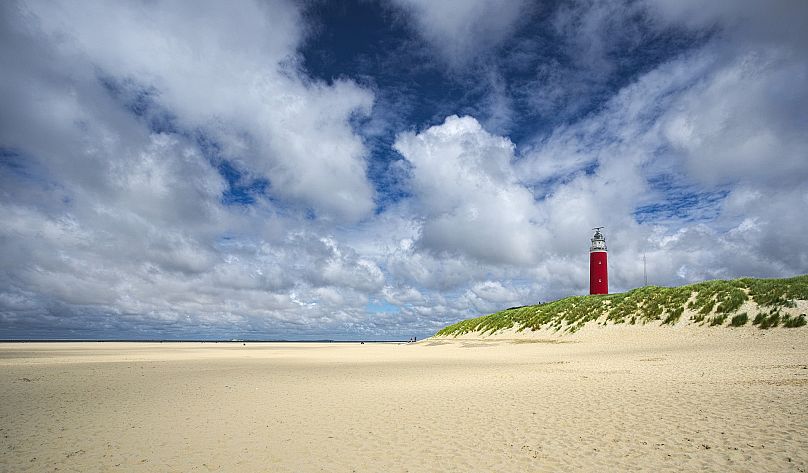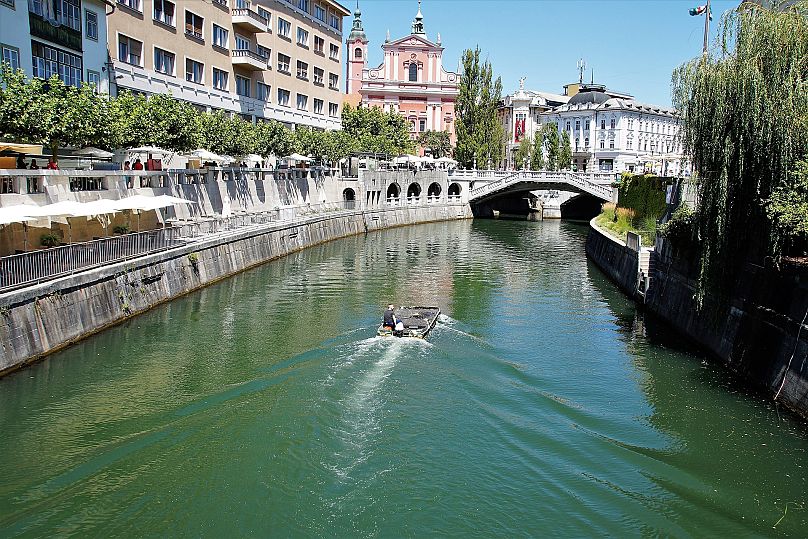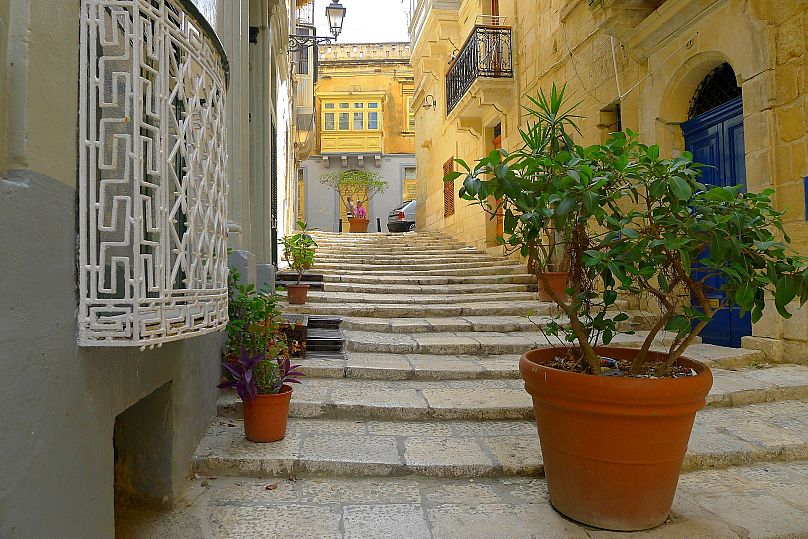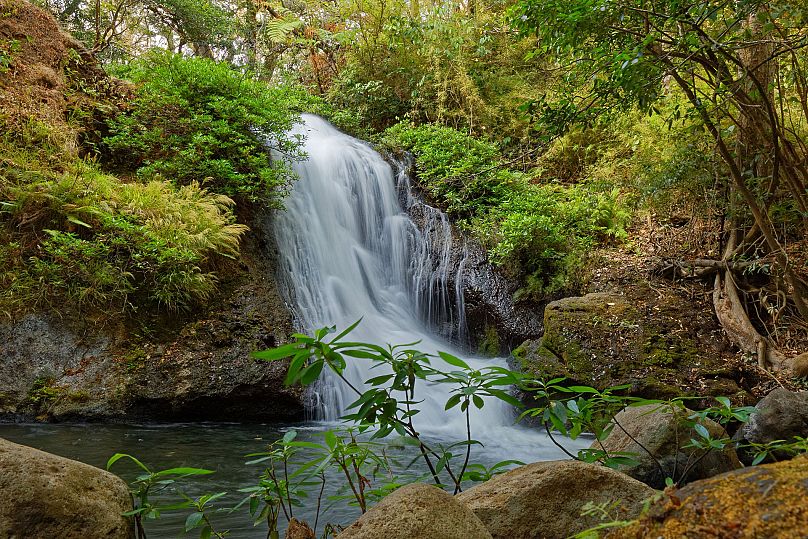These holiday destinations have won awards for being the greenest travel spots around the globe. What makes them so sustainable?
In 2021, we want more from our holidays. We're conscious of acting responsibly abroad, so as not to create long term problems for local residents. According to the Travel Foundation, sustainable tourism should be a three-pronged attack. Not only should we be “protecting natural environments, wildlife and natural resources”, travelling should “celebrate and conserve heritage and culture” and tourists must be helping to preserve communities through “employment and income earning opportunities.” If you're not sure where to start, we're here to help.
Here are the top five destinations to visit.
Best for nature: Netherlands, west coast islands
In 2019, the ITB awards put four little islands on the west coast of the Netherlands at the top of the list as worldwide frontrunners in nature conservation. The islands, on the Dutch Delta, are called:
- Goeree-Overflakke
- Schouwen Duiveland
- Veere
- Westvoorne
Each is famed for its natural, coastal beauty surrounded by the North Sea. ‘Soft mobility’ is promoted with cycle paths and walking tracks scattering the islands, and in Westvoorne specifically, you can visit one of the most species-rich dunes of Western Europe. A trip to the Dutch delta will be characterised by long, scenic walks, boat rides and visits to museums. One sight you won’t want to miss is Grevelingenmeer salt water lake (sometimes translated as lake Grevelingen). On the lake, you can partake in all sorts of water sports and recreational activities, and the views are simply breathtaking.
Best for a city stay: Ljubljana, Slovenia
The quaint city of Ljubljana wins best in category for urban sustainability and avoiding mass/over tourism. With high environmental standards, it is one of the only cities in Europe offering so much green space to visitors and residents. The largest park is Tivoli Park and just a short walk out of the city centre you’ll find Ljubljana Botanical Garden, home to more than 4,500 different species. But in this Slovenian city, the main sustainable attraction is decidedly the food. Locally grown ingredients and recipes characterise the delicious gastronomy.
During the rest of your time in Ljubljana, hop on the free buses and get lost in numerous galleries as you soak up the rich culture of this city. We recommend the National Gallery for beautiful nature escapes by prominent painter Ivan Grohar. Don’t forget to grab a coffee on the picturesque riverbank before you leave.
Best for culture: Gozo, Malta
Malta is a magnificent country, a little archipelago in the central Mediterranean, it sits right in-between Sicily and the North African coast. You may not have heard of Gozo, as national guides will usually point towards visiting Valletta, the capital city popular for its architecture and sea views. Gozo is a rare gem, with beautiful beaches such as Ramla Bay, San Blas Bay, and more touristy Paradise Bay, beckoning you in for a swim.
If you’re a diver, take the plunge in Gozo’s ‘blue hole’ for unforgettable underwater vistas. The island promotes eco-education in schools and won the award for showing global leadership in protecting its local culture and traditions, involving the local community in tourism and avoiding human exploitation at every cost. Absorb the vast heritage of this place by visiting the UNESCO Neolithic Ġgantija Temple ruins and use up the rest of your time going on rural hikes and snorkelling in the crystal waters.
Best beach destination: Torroella de Montgri, Spain
Torroella de Montgrí is a small town in Spain’s Costa Brava, in the region of Catalonia. It won the global award for its commitment to sustainable tourism for water related leisure activities. The town is over 1,000 years old with a rich historical centre, l’Estartit, and features restored heritage sites and beautiful footpaths looking over the shoreline.
The town faces the Medes Islands Marine Reserve, one of the most important marine flora and fauna reserves in the western Mediterranean, also a popular scuba diving landmark. Water activities include trips in glass-bottomed boats and underwater activities devoted to preserving the natural marine habitat, home to over a hundred brightly coloured species such as variants of coral, starfish, gorgonia, octopus and lobster.
Best for ecotourism: Guyana
When it comes to ecotourism specifically, the south American country came top of the list globally. Guyana is in fact one of only four regions in the world that make up the ‘Green Shield’, with 18% of the world’s tropical forests. The North of the country boasts pristine beaches, you'll find extraordinary mountain ranges in the west and tropical rainforests and stunning savannahs in the south. The rainforest and savannah region in Guyana is called the ‘Land of the Giants’ and is not to be missed. You're likely to get a glimpse of highly endangered species in this area, such as jaguars, ant eaters and giant river otters.
The country’s environmental terrain is so diverse that substantial efforts are needed to conserve it. In Guyana, the tourism on offer is respectful to nature and takes measures to promote people and their culture. Expect to go on culture hikes in wild and untamed landscapes and learn all about the Makushi culture. Since the now well-known Surama Eco-lodge opened, tourism has become the single largest driver of economic activity in Guyana. Members of the community are employed as hospitality staff, tour guides and cooks or farmers, hunters and fishermen. Guyana is an extraordinary place to visit. Often described as South America's best kept secret, it is ideal for travellers in search of raw adventure - and it's English speaking too!
















